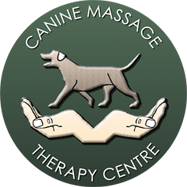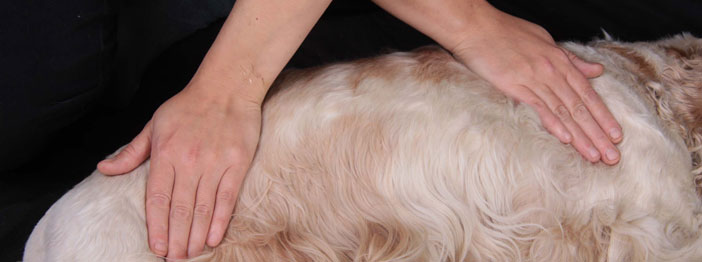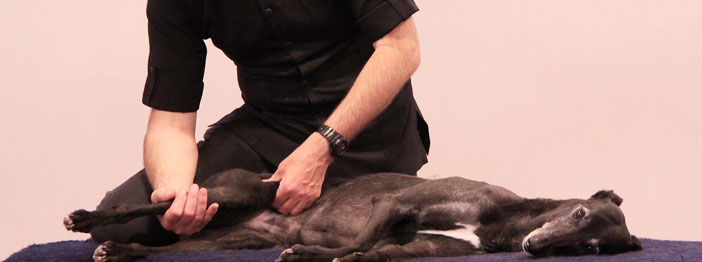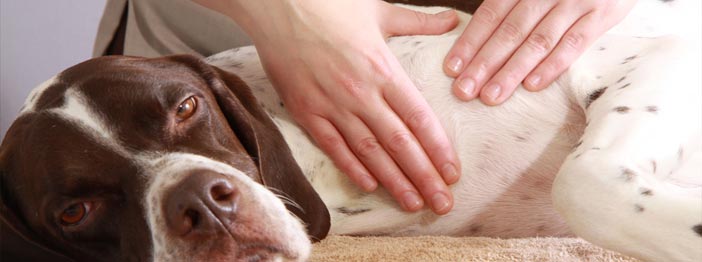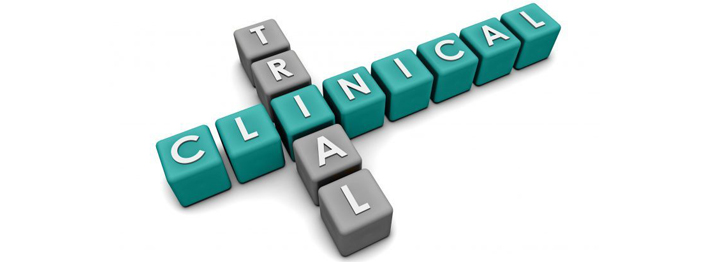Myalgia is a blanket term used to describe and generalise muscle pain that is usually considered to be caused by a muscular injury, (commonly the strain) or myofascial pain or as the result of a long history of viral infections.
Myalgia, cramps and spasms are all common words used to describe muscle pain when actually a trigger point, strain or myofascial pain would be more appropriate words to describe the actual cause of the spasm or cramp.
Signs Of Muscular Pain Include:
- Yelping/crying out
- Fasciculationâ’s or twitching of the skin
- Lameness
- Depressed
- Cramps
- Spasms
- Trigger Points
- Reluctant to be touched/petted/groomed/examined
- Ageing overnight
- Stiff when moving/upon rising
- Looking miserable/change in appetite
- Reluctance to get in/out of car or on/off sofa
- Change in gait or posture
A dog who exhibits spasms, cramps, myalgia, lameness or has strains, trigger points or myofascial pain, is always a prime candidate for canine massage therapy. A skilled, professionally trained therapist will use their knowledge of the muscular system combined with palpation skills – the art of seeing with your fingers – and will employ a range of techniques to help the condition. Successful results are common with canine massage therapy due to the the strong and skilled manipulation of the muscles and fascia by the therapist which often helps to inhibit, resolve or reduce episodes. Specific techniques are used to calm the sympathetic nervous system, reduce nerve excitability via fascial release and return the muscle to normal function.
Muscle pain is commonly a result of injury, delayed onset muscle soreness, protective muscle splinting, myofascial pain, trigger points and the strain. Skeletal muscle cramps and nocturnal cramps will often only last a few minutes although if a dog is cramping regularly they should be seen by their vet to rule out canine epileptoid cramping syndrome.
Why Does Muscle Become Affected?
Direct Activation:
- Repetitive stress e.g. jumping on/off sofa, slipping on laminated floors, sport
- Acute overload
- Fatigue
- Overwork
- Trauma e.g. collision or body checking with another dog
- Strain
- Protective muscle splinting
Indirect Activation
- Muscle is left in a shortened contraction for an extended period of time e.g. sleeping/car journey
- Viral disease
- Emotional stresses/anxiety
- Orthopaedic condition
- Dogs who have had previous operations included spaying and neutering
Canine Massage Therapy with a fully trained Canine Massage Guild member should see your dog have results in 1-3 sessions.
Common Improvements Owners See After Canine Massage Therapy Are:
- No more spasms or cramps
- Willing to be petted/groomed/examined
- Enhanced performance and reduced fatigue for working dogs
- Reduced or resolved stiffness or soreness
- Better movement or gait
- Improved posture
- Happier demeanour
- Increased activity on walks
- Back to normal activity round the home e.g. able to go up stairs
- More sociable with other dogs due to reduced or resolved pain levels
To find a therapist in your area, check out the “Find a Therapist” page
